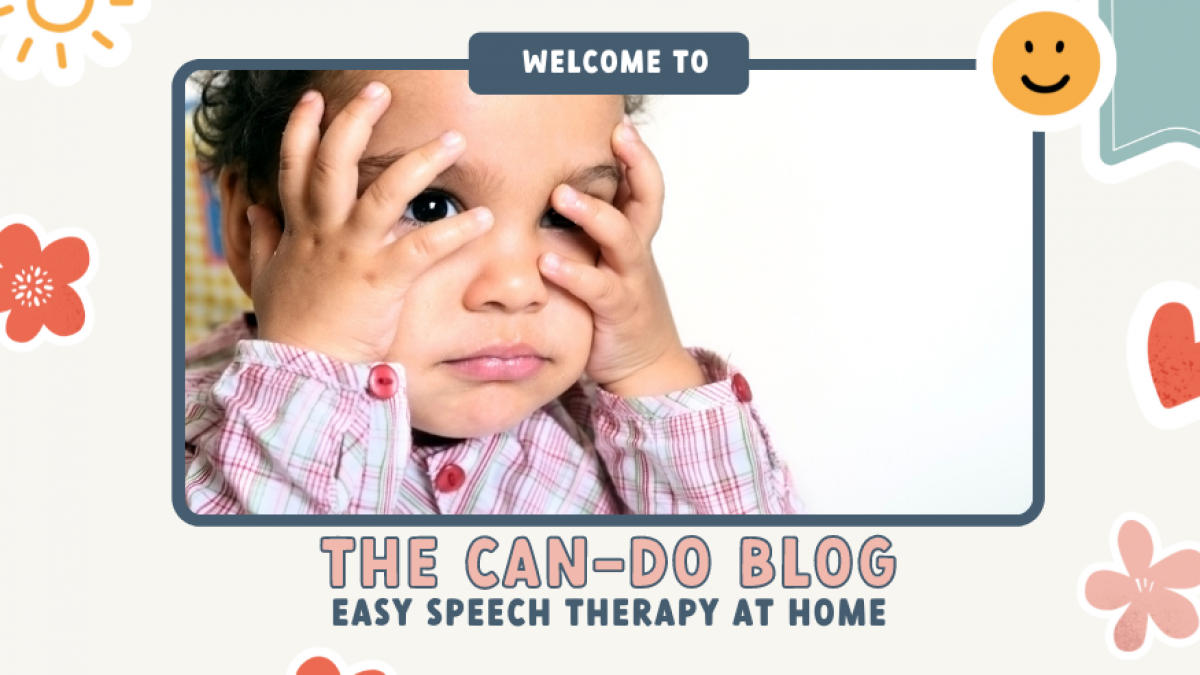5 Top Tips to Support Your Child’s Language Comprehension.

What can you do if your child does not understand language at an appropriate level or they have been late at talking and their comprehension is slower to develop?
Here are 5 ways you can support their understanding.
Tip 1: Reduce the number of questions you ask
Forget about asking questions or trying to find out what your child knows. Think about telling, telling, telling, not asking, asking, asking. Another way to think about it is that you are providing your child’s language diet, nutrition or food, by inputting words. Although it is so tempting to ask questions (especially with children who are struggling with language as you want to check what they know) try to hold back.
Tip 2: Only speak in sentences one or two words more than what your child speaks
If your child is not talking don’t use more than single words. Small colloquial phrases like ‘all gone’ and ‘oh oh, where is it?’ are okay but in general only use single words. If your child is beginning to use single words, use two words. If they are putting two words together you can add a third word so that all you are always saying is just one word ahead of their communication level. Also remember if emotions go up, your language must come down, even if you have a child who is speaking in two words. When emotions rise just use one or two words together and say less. Less is often more.
Tip 3: Wait for 12 to 15 seconds for a response
This can be really hard when you are worried about your child’s language development but when you have said something to your child, wait. The silence can be almost painful but children need time to process language. It is really easy to get into a pattern of revising what you say or quickly asking another question that may help, and before you know it you have said lots before your child has had a chance to say anything. Wait for 12 to 15 seconds before you say anything else. It is amazing to witness how this can help children come forward. You are not suddenly going to get words if they are not yet ready to speak but you might get a sound, an interaction, a gesture, or those that are speaking might try to say something or repeat what they said to try and make it clearer. Providing that gap or airspace is so important.
Tip 4: Show as well as tell
Show them what you mean, and give them an idea of what you are talking about. Show them a picture or take them to the place, give them all the visual cues you can. To test what your child knows on a day-to-day basis giving them that scaffold is really important.
Tip 5: Use pictures, symbols, natural gestures or signing
Again these are providing a visual cue. Research shows that adding a visual helps the neural connections that need to be made in the brain for language development to occur to be stronger and made more quickly. Adding these will not replace language (as parents whose children’s language is delayed often worry) but will reinforce those essential neural pathways. The more visuals you use the more you support your child’s comprehension. If you think about it, it makes sense, if you were doing a complicated maths equation or trying to pick out points from a passage, it is far easier if you have that written down and enabling you to go through it visually rather than to do it all based solely on your auditory processing. We do have individual differences and preferences and have stronger or weaker pathways for auditory or visual or kinaesthetic processing, but in general, if you add more than one support mechanism (or means of processing) you are going to strengthen those neural pathways.
Can Do Speech Therapy educates, supports and empowers you to deliver speech and language therapy to your child as you go about your everyday lives. Routinely implementing the 5 tips above will give your child the best chance of increasing their language comprehension. Speech therapy does not need to be delivered by a stranger in a room. It can be and will be more effective if it is about what you do with your child every day.
 Joanne Jones
Joanne Jones 